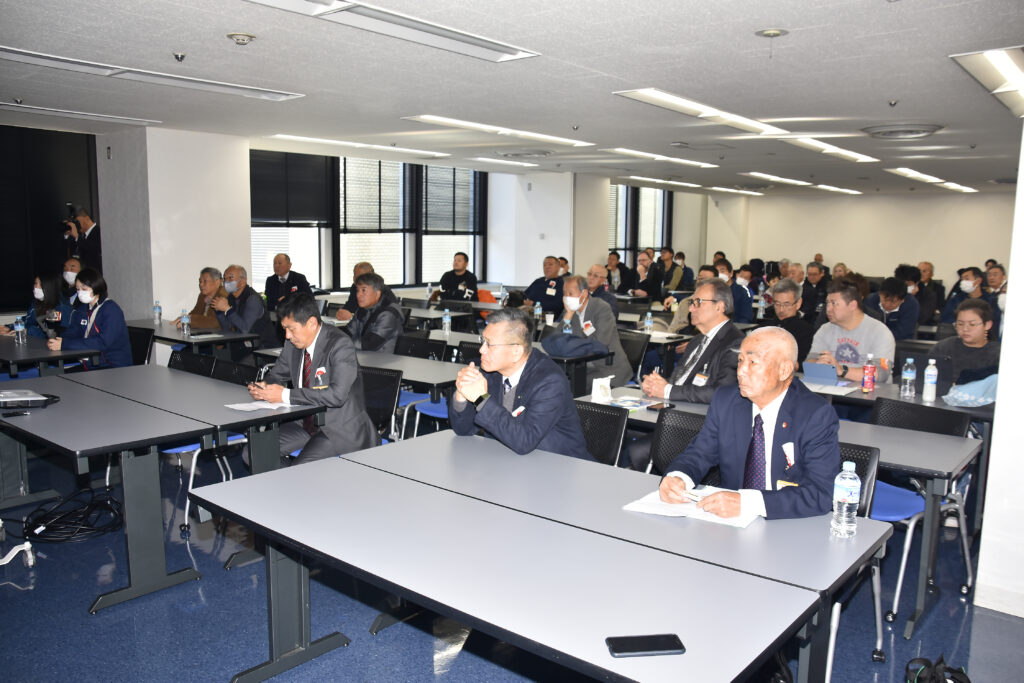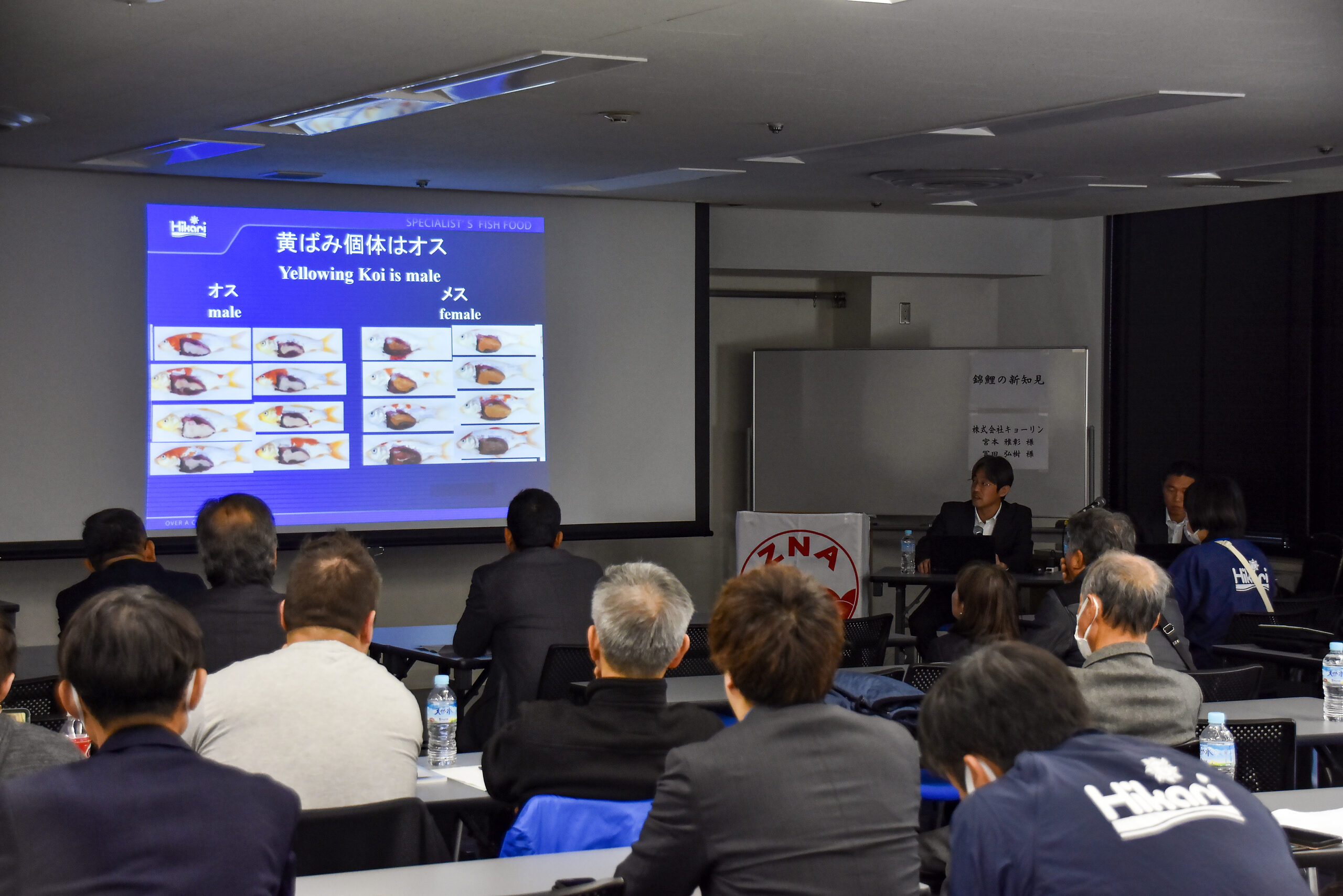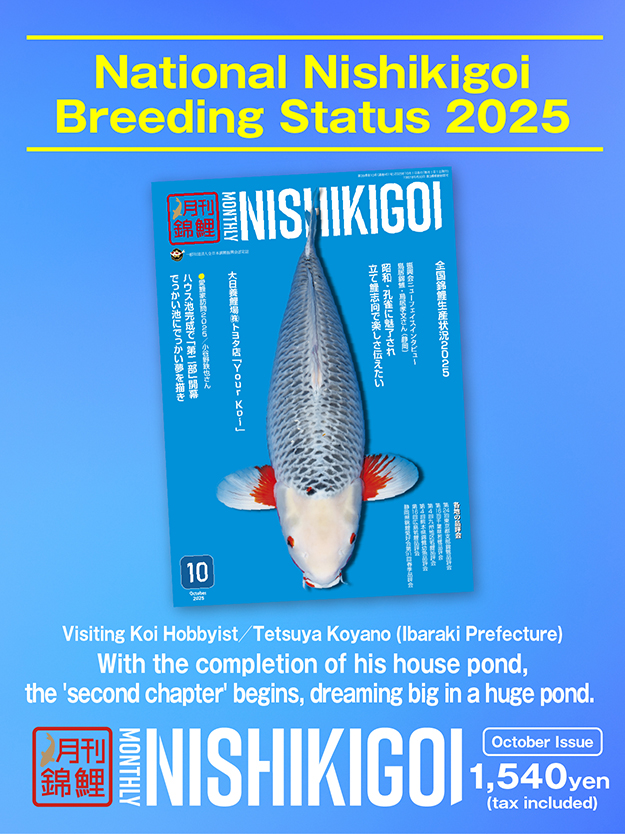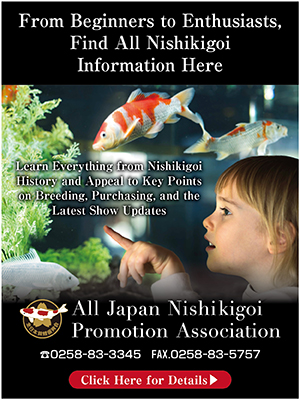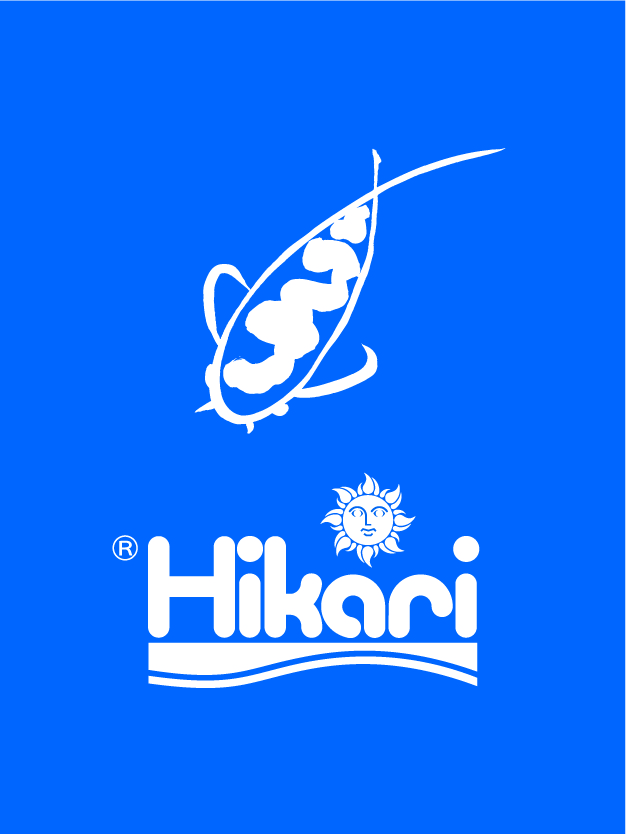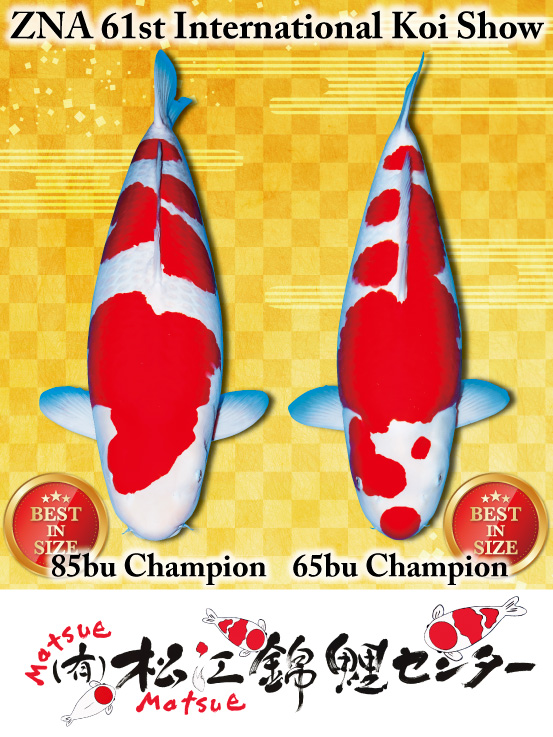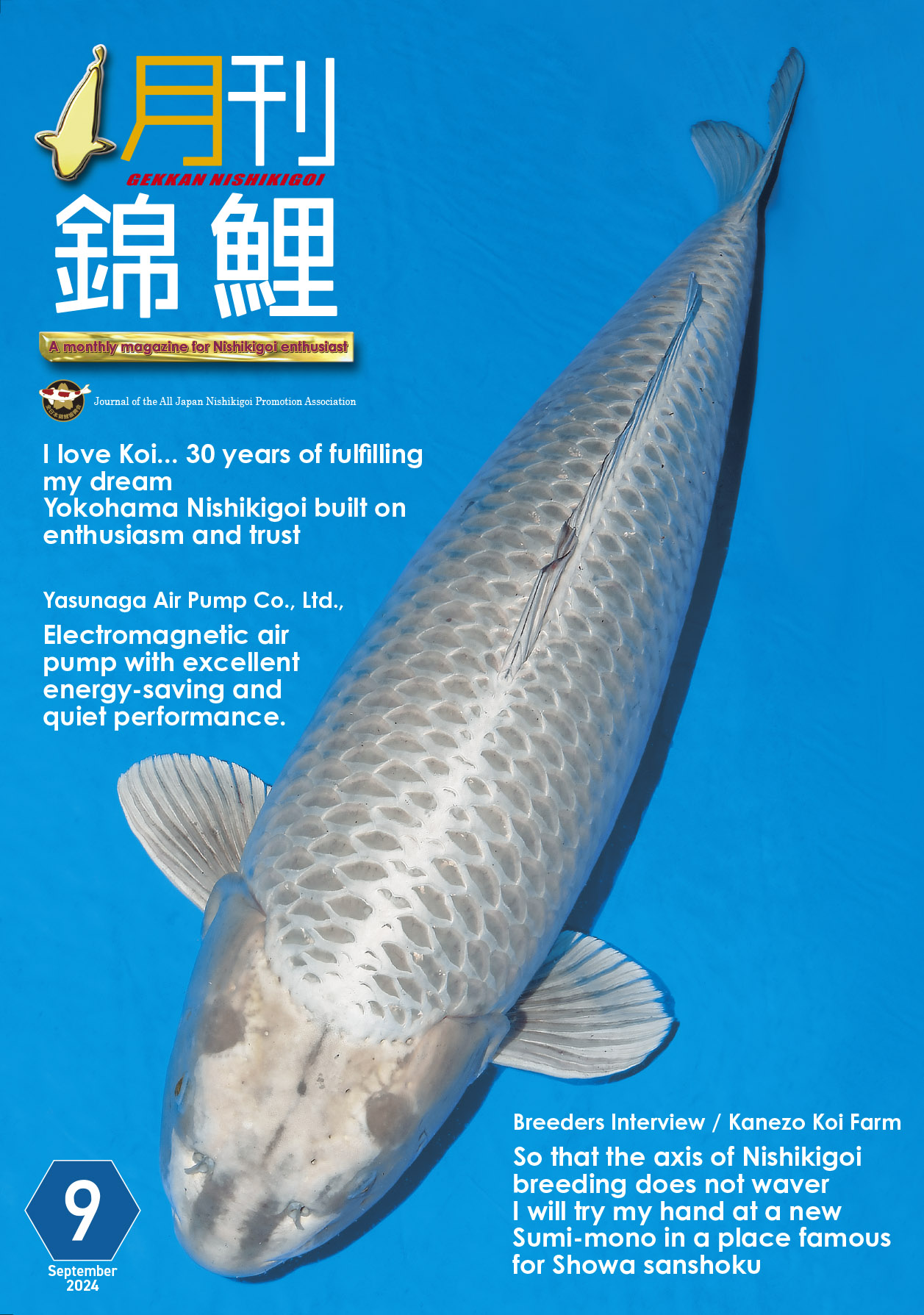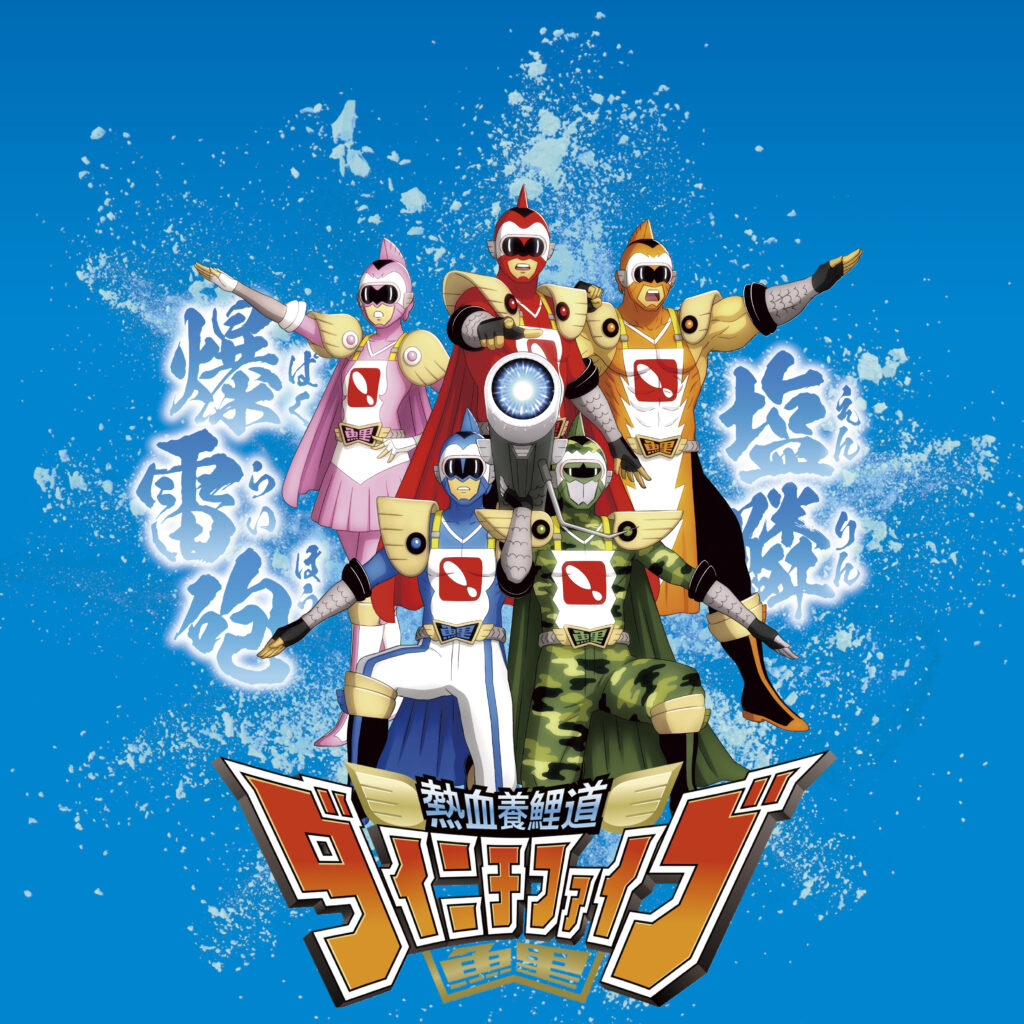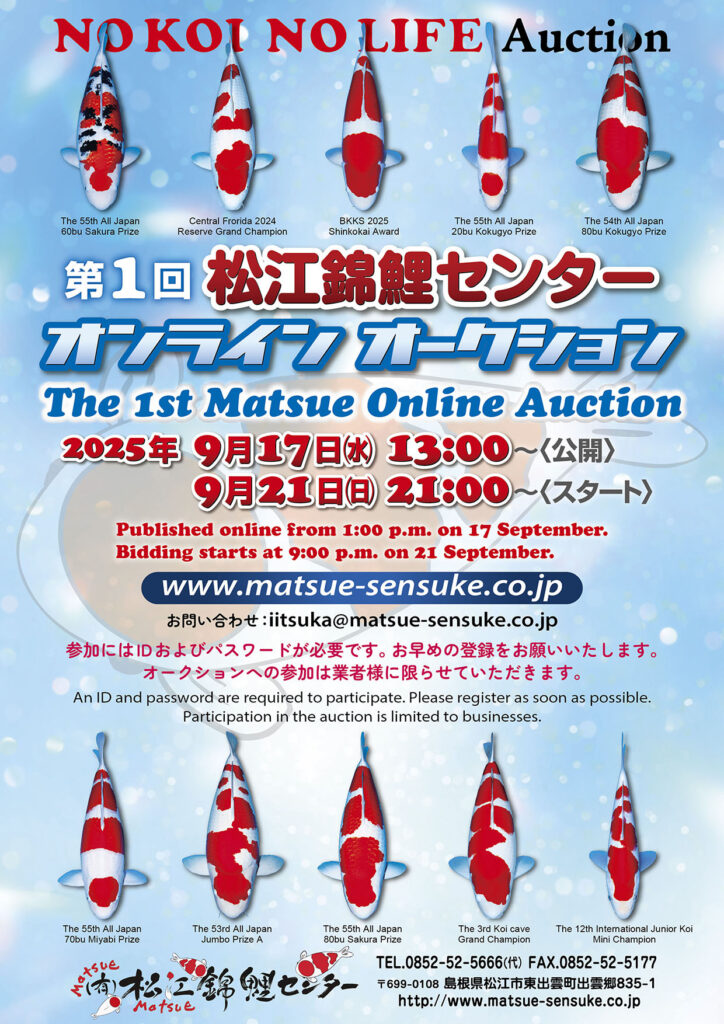【Feed Efficiency】
As the next topic, many people want to grow koi more efficiently due to the rising feed cost. What can be done to make koi grow larger? This time, we examined how changes in feeding frequency affect fish growth.
For the first trial, we kept the feed given per feeding constant and investigated what happens when the feeding frequency increases (㉑). We provided 1% of the fish’s body weight per feeding. For the fish fed once a day, the total amount of feed was 1% of their body weight. For the fish fed five times a day, the total amount of feed was 5% of their body weight.
Here are the results (㉒). The vertical axis on the left represents the fish’s body weight, and the higher the graph, the better the growth. The graph shows that growth increases with feeding frequency, from five times to three times to two time. Koi grow better with more frequent feeding, which is a natural outcome of the increased amount of food provided.
We also compared feed efficiency here. Feed efficiency is the ratio that indicates how effectively the feed contributed to growth, with higher values reflecting a more efficient conversion of feed into body mass. The feed efficiency was highest when the fish were fed three times and lowest when fed once. In the group fed once a day, we initially wondered if the fish could digest properly with only one feeding. However, we thought that the digestive enzymes might stop, causing a delay in the start of digestion. On the other hand, we hypothesise that continuous feeding might keep the digestive enzymes active, potentially improving digestion.
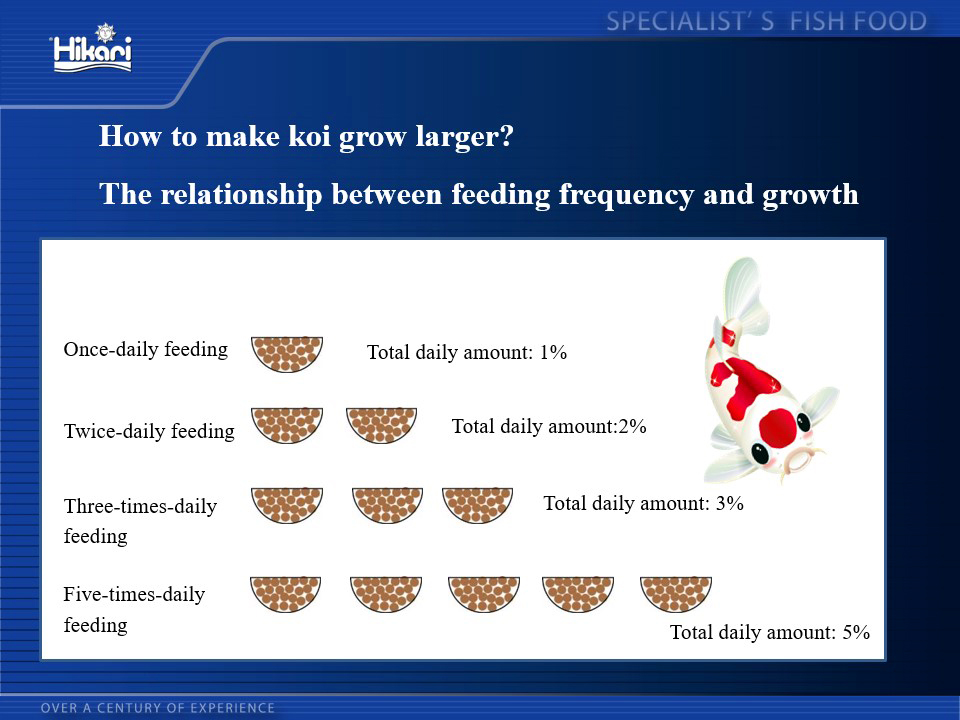

These are photos of the koi used in the experiment, and You can clearly see the differences in their appearance (㉓). A noticeable difference appeared in just two months. In this experiment, the amount of feed was three to five times, so it might seem obvious that the koi grew larger.
Next, we investigated how growth would be affected when the total amount of feed given in a day remained the same, but the number of feedings was varied (㉔). Here are the results (㉕). With multiple feedings, there was little change in growth, but when the fish were fed just once a day, growth decreased, similar to the first trial. Feed efficiency was also lowest when fed once a day and highest when fed three or four times.
So, we conducted an extreme trial to see what would happen if the feeding frequency was increased even further. There is a saying that bigger koi are caught more often at night. Since wild koi feed even during the night, we also investigated what happens when food is provided at night.
Daily feed was standardised to 3% of the fish’s body weight. For the four daily feedings, the fish were fed every three hours from 7 a.m. to 4 p.m. (㉖). This is a relatively common feeding method.
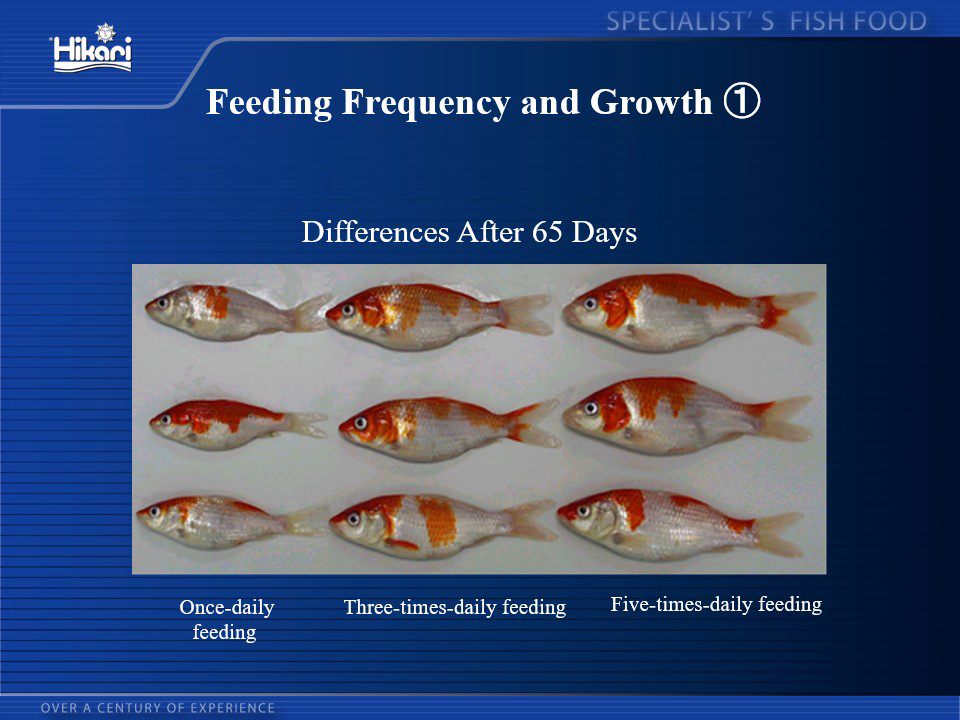
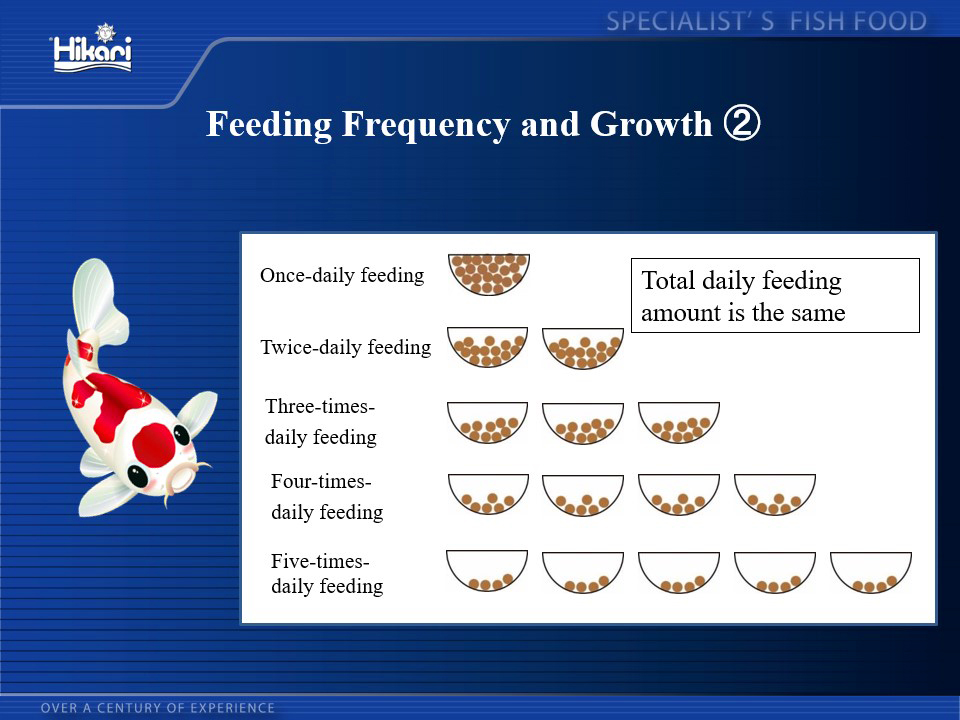
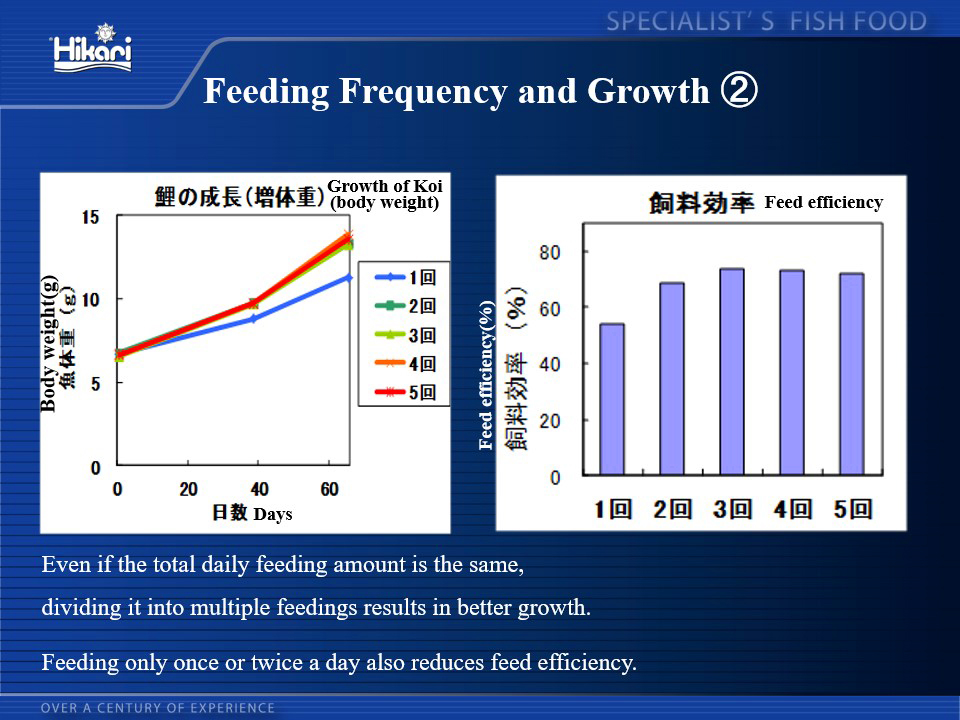
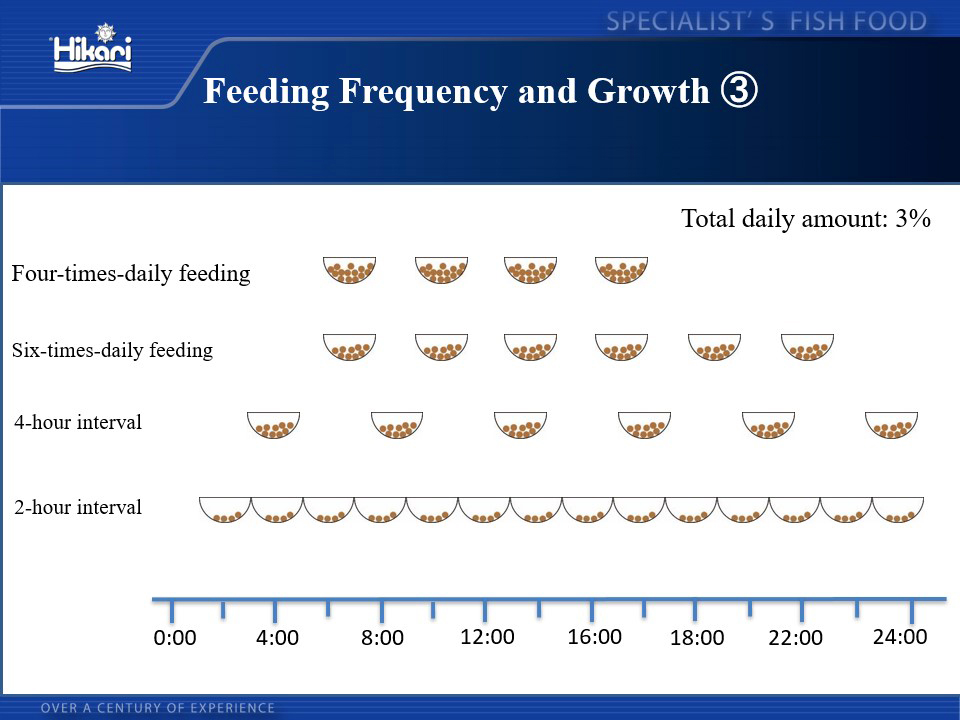
The morning start time was the same for the six daily feedings, but two additional feedings were added at 7 p.m. and 10 p.m. The four-feed interval is a pattern where feeding occurs every four hours, starting from 4 a.m., then 8 a.m., 12 p.m., and so on, for six feedings.
The two-hour interval is an even more extreme pattern, in which feeding was done 12 times every two hours. This trial was conducted from August to the end of October, with the water temperature starting at 28°C to 30°C and gradually decreasing from mid-September (㉗).
Here are the trial results (㉘). The 2-hour interval showed a slight improvement in both feed efficiency and growth. In the group fed six times a day, some koi grew exceptionally well, which made the numbers appear higher than their actual performance.
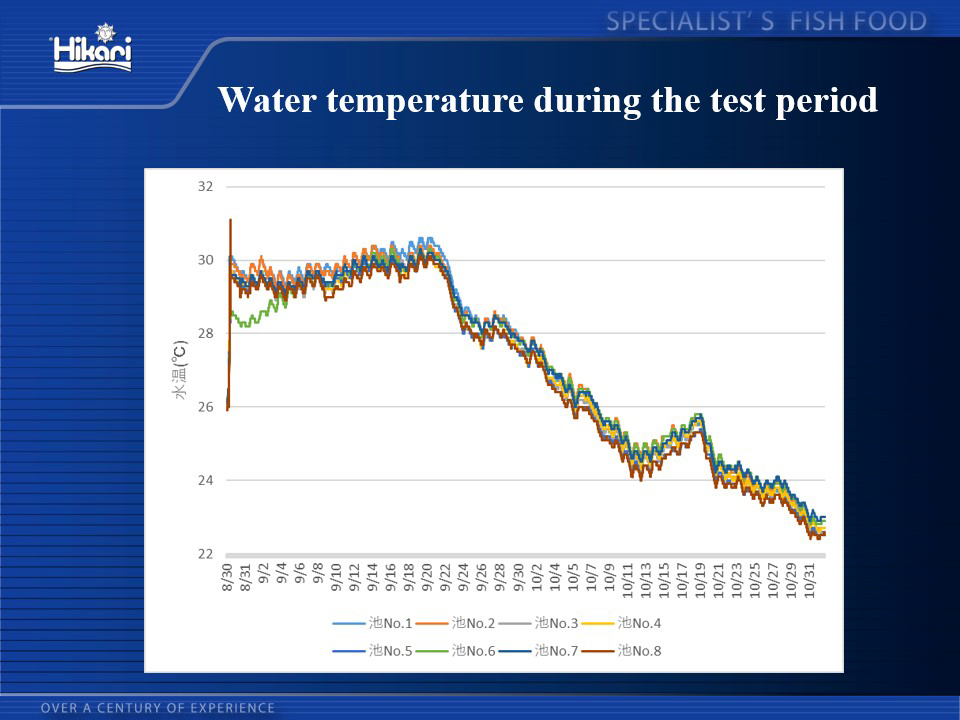
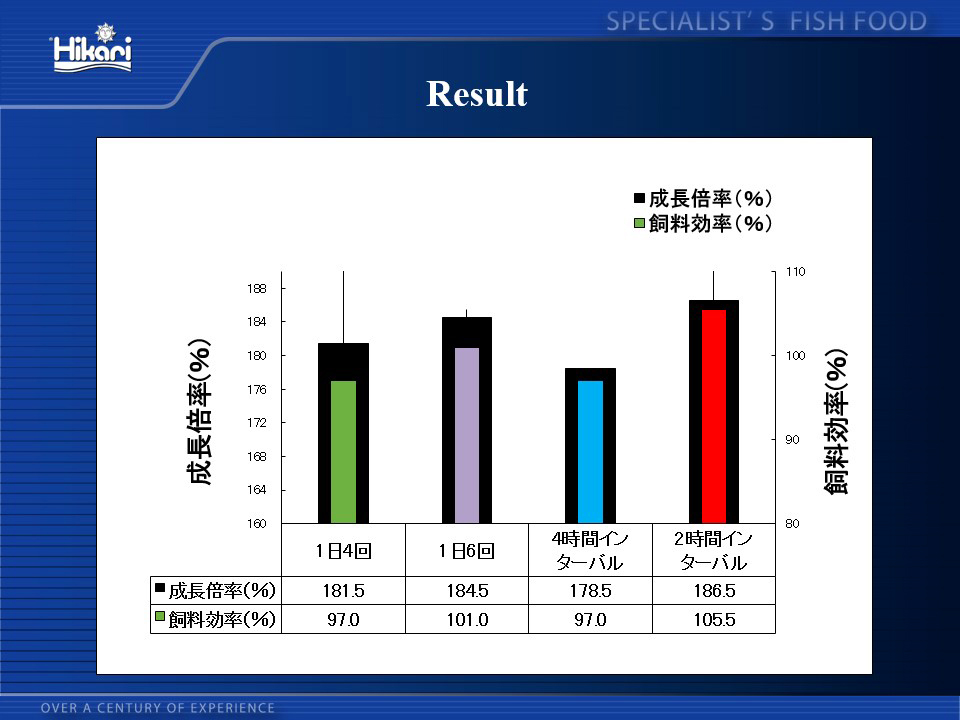
The key finding from this experiment is that koi still eat and grow when fed at night. Since this was a trial in a mud pond, we believe there may be times during the hot summer days when feeding activity decreases. When the water temperature is lower, feeding at night might lead to better growth. Of course, this is based on the assumption that oxygen levels do not drop, but by considering feeding at night as well as during the day, there may be more significant potential to grow koi larger.
This presentation was about the research conducted at the laboratory. There is still much we don’t know, but we hope to continue researching in a way that will be helpful for your koi-keeping practices.
